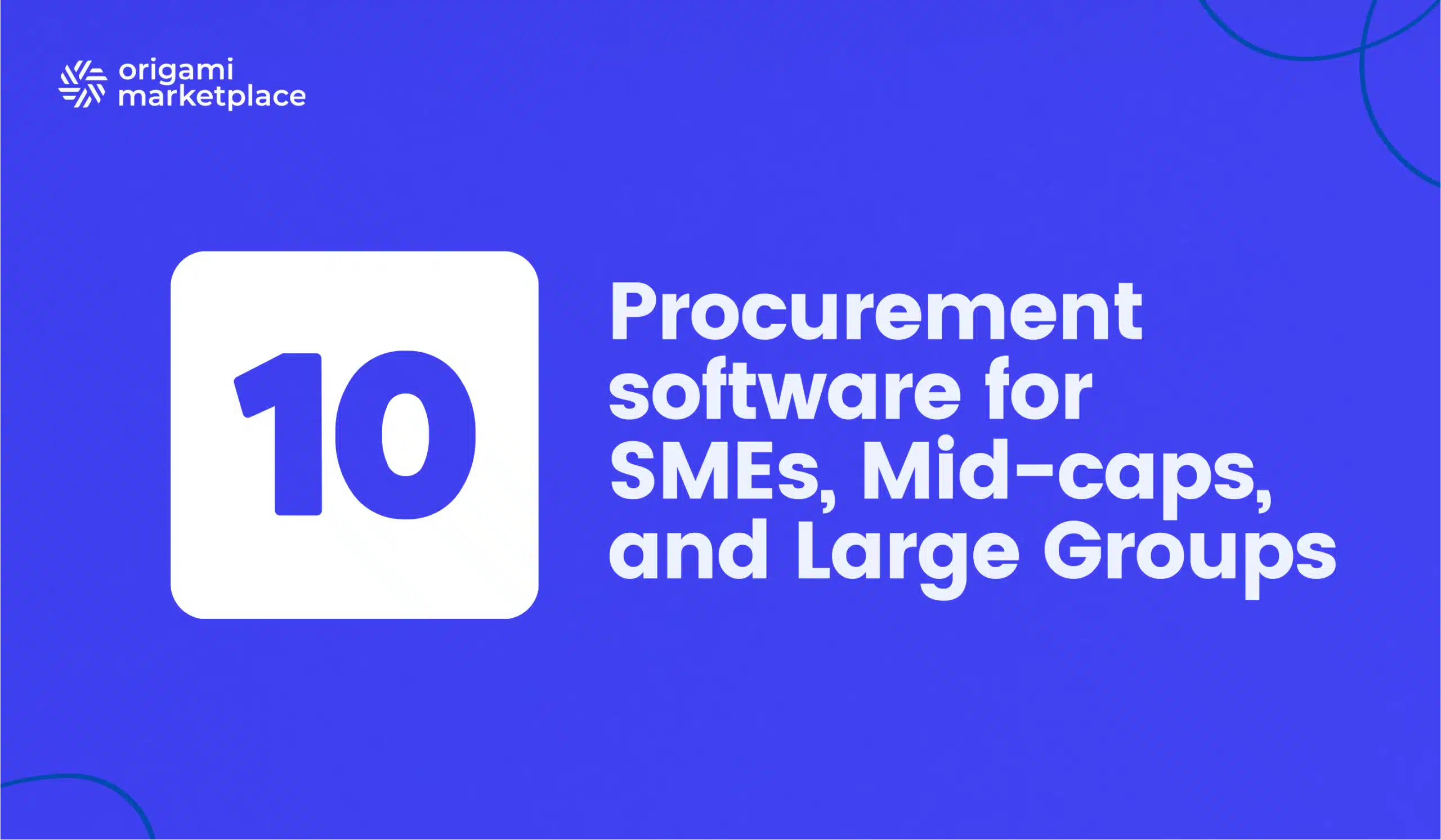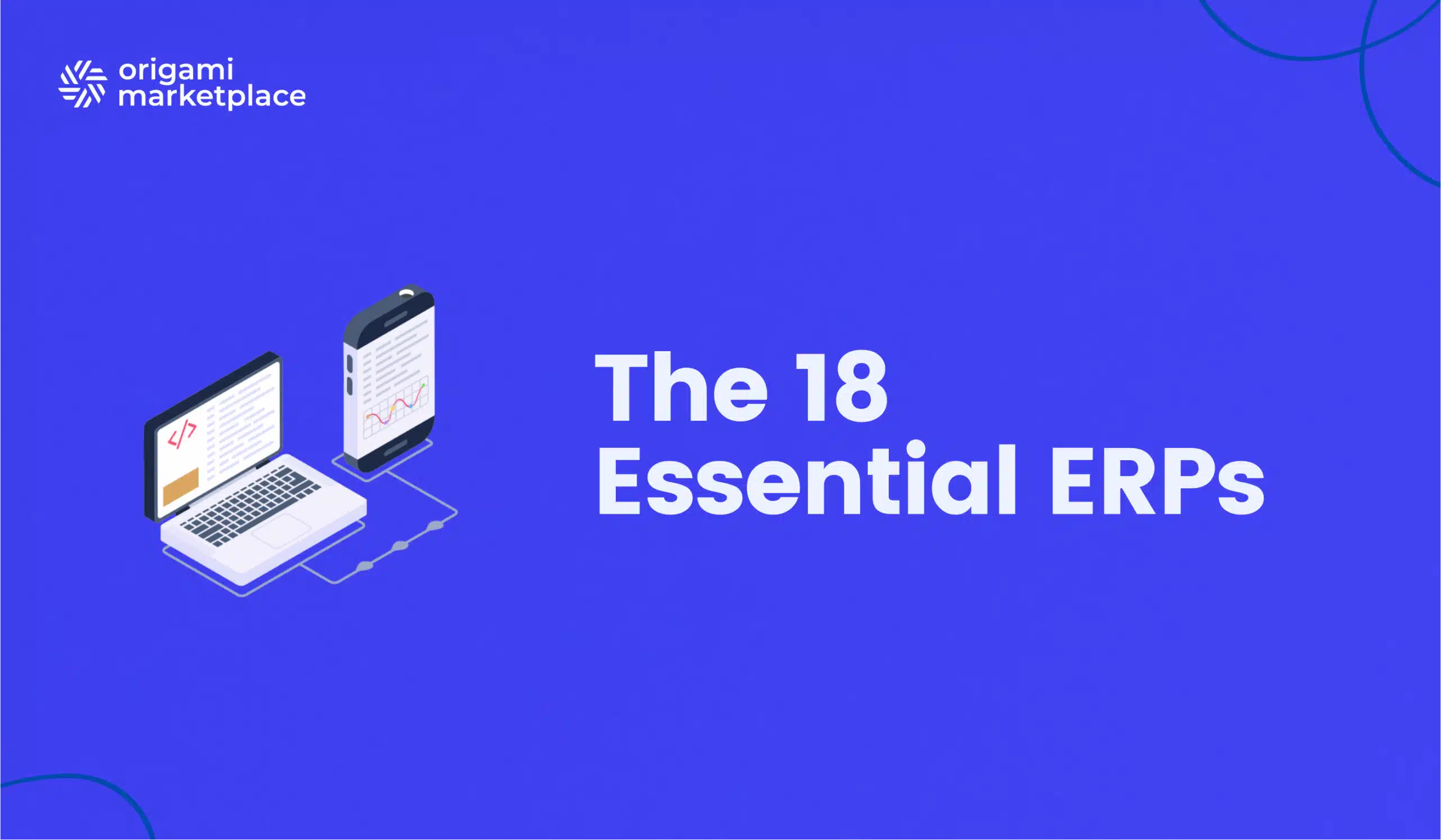Marketplace KPIs you need to follow for your platform.
- Emeline Kerloch
- 4 minutes reading

The various KPIs discussed in the article:
- The volume of transactions or GMV.
- Average order value (AOV).
- The conversion rate.
- Customer retention rate.
- Sellers’ churn rate.
- Customer satisfaction (Net Promoter Score, NPS).
- Return and refund rates.
- Customer service response time.
- Customer acquisition cost (CAC).
- Website traffic and sources.
- Focus on marketplace sellers’ KPIs.
The volume of transactions or GMV.
GMV (Gross Merchandise Value) differs from traditional e-commerce sales figures. This KPI, specific to marketplaces, represents the total volume of business transacted on the platform over a given period.
For a marketplace, whether it is C2C, C2B2C, B2B or B2C, the main source of revenue is the commissions charged on sales. These commissions represent the real turnover of the platform. Nevertheless, GMV is an important indicator of the overall economic health of the multi-vendor marketplace.
This KPI is essential for measuring market activity, assessing consumer confidence and determining the platform’s growth rate.
Average order value (AOV).
AOV, or the average amount spent per order, is a key metric for marketplaces. It is calculated by dividing total revenue by the number of orders placed on the platform. An increase in AOV can have a significant impact on a marketplace’s overall revenue.
One of the key strengths of a multi-vendor marketplace is its ability to bring together a large number of sellers on a single platform. As a result, the average basket is likely to increase as the range of products or services offered on the platform increases. It is therefore crucial to link this indicator to seller recruitment or management strategies in order to analyse the impact of these actions on the overall performance of the online marketplace.
This monitoring allows us to understand how variations in supply affect customer buying habits and to adjust sales and marketing policies accordingly to stimulate platform growth.
Download our free marketplace specifications template.
Here you will find all the essential features to succeed in your C2C, B2C or B2B multi-vendor marketplace. This model provides a simple backlog to guide you through each step of your project.
The conversion rate.
Conversion rate is a commonly used metric that measures the percentage of visitors who make a purchase on the platform. This KPI is crucial for assessing the effectiveness of marketing strategies and the ergonomics of the platform. It also plays a key role in assessing the suitability of the multi-vendor marketplace offering and the effectiveness of the purchase process, such as the conversion tunnel.
By monitoring and optimising the conversion rate, we can identify the platform’s strengths and areas for improvement, which have a direct impact on sales volumes and user satisfaction.
Customer retention rate.
Customer loyalty is a key indicator for measuring the long-term success of an online marketplace. This KPI reflects the percentage of customers who make repeat purchases on the platform. Customer retention is not only a sign of satisfaction and trust, it is also a fundamental strategy for the sustainable development of a multi-vendor marketplace.
Good customer retention ensures a constant volume of sales, which is crucial for the predictability and financial stability of the platform. It is therefore important to monitor customer satisfaction regularly, using tools such as the Net Promoter Score (NPS), in order to understand and effectively meet users’ needs and expectations.
Sellers' churn rate.
The seller churn rate measures the percentage of sellers who leave the marketplace. A low churn rate is essential to maintain a diverse and competitive supply. Sometimes churn can be caused by the marketplace itself, especially if a seller does not comply with the terms of service or does not follow up with their customers properly. It is therefore important to separate the overall churn rate from the churn rate set by the online marketplace itself.
Customer satisfaction (Net Promoter Score, NPS).
NPS measures customer satisfaction and loyalty by asking customers if they would recommend the marketplace to others. A high NPS score is often associated with better customer retention and revenue growth. It can be assessed through customer reviews or specific surveys of loyal customers in relation to customer retention rates.
Return and refund rates.
This KPI measures the proportion of products returned or refunded as a percentage of total sales. A high rate may indicate quality or customer satisfaction issues. It is also useful for assessing the performance of sellers, especially if a seller has an unusually high return rate.
Customer service response time.
Customer service response time is a key indicator of service effectiveness. A fast response can significantly improve customer satisfaction and loyalty. This multi-vendor KPI is often influenced by the quality of the sales force and should be monitored to assess their performance.
Customer acquisition cost (CAC).
The CAC is the total cost of acquiring a new customer and is essential for measuring the effectiveness of marketing strategies and the long-term viability of the platform. It is critical that the CAC remains below the Customer Lifetime Value (CLV), which is the total amount spent by a customer throughout their relationship with the platform.
Website traffic and sources.
Analysing website traffic and its sources is important for understanding where visitors are coming from and identifying the most effective marketing strategies.
Focus on marketplace sellers' KPIs.
Sellers are vital to your marketplace. Therefore, it is crucial to:
- Monitor their satisfaction with the platform
- Encourage them to expand their product range
They are also your company’s ambassadors. So it’s important to track :
- Your average customer service response time
- Their average delivery time
- Their overall customer rating
- The time between order and delivery
- Your rate of returns and refunds
These metrics need to be tracked for each seller. Solutions such as Origami Marketplace provide a dashboard that gives you a complete overview of the quality of your sellers, making it easy to reactivate or deactivate them.
Conclusion.
Careful monitoring of these KPIs is critical to the success and long-term development of multi-vendor marketplaces. These indicators provide key information on the overall performance of the platform and highlight areas for improvement or strategic adjustment. By regularly measuring and reviewing these KPIs, marketplace managers can not only fine-tune their sales and marketing strategies, but also improve the user experience.
This ongoing process of monitoring and optimisation is the key to increasing revenues, strengthening customer and seller loyalty and growing market share in an increasingly competitive business environment. Effective KPI management is therefore essential to ensure the growth and sustainability of marketplaces in the dynamic world of online commerce.
👋 Future online marketplace operator!
Discover how the Origami Marketplace API and partner network can transform your business, regardless of size, with its innovative solution based on the marketplace model.



